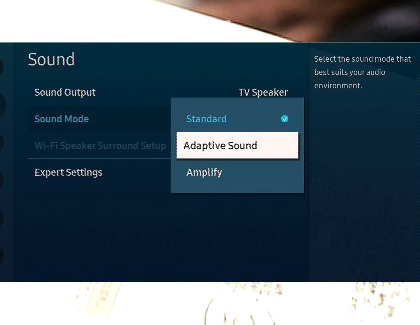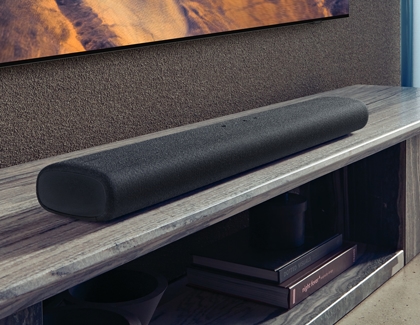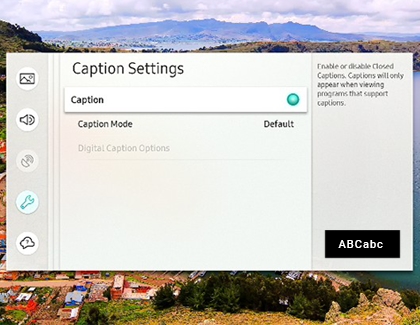The best TV and home theater setup for movie lovers
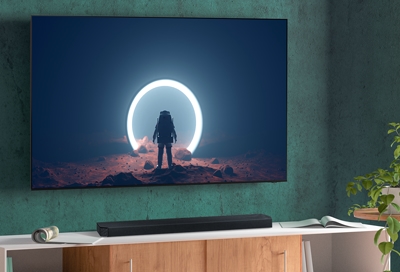
It’s time to grab some popcorn, make a blanket fort, and get ready for a good old fashioned movie night! There’s just one problem, though. Your TV setup is a little… lackluster, at least when it comes to creating an exciting and fun atmosphere for your friends and family. Thankfully, your Samsung TV comes with all the right settings and options to make movie night absolutely perfect.
Other answers that might help
Continue shopping with Samsung

Galaxy Buds3 Pro
Save $70 - $210
From $189.99 before trade-in
From $189.99 before trade-in

Galaxy Watch7, 40mm
Save $215 - $275
From $199.99 before trade-in
From $199.99 before trade-in
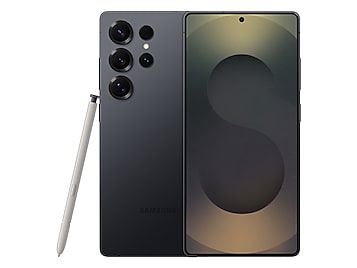
Galaxy S25 Ultra, 512GB
Save $170 - $750
From $1299.99 before trade-in
From $1299.99 before trade-in

Galaxy Watch Ultra, 47mm
Save $415 - $525
From $449.99 before trade-in
From $449.99 before trade-in
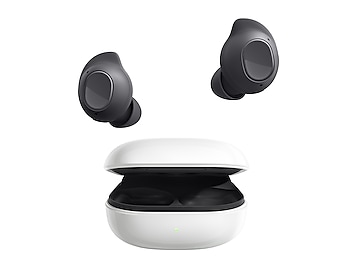
Galaxy Buds FE
Save $35
From $64.99$99.99
From $64.99

32" M70D 4K UHD Smart Monitor
Save $100
From $299.99$399.99
From $299.99

Galaxy S25 Edge, 512GB (Unlocked)
Save $170 - $750
From $1099.99 before trade-in
From $1099.99 before trade-in

Galaxy Buds3
Save $50 - $140
From $139.99 before trade-in
From $139.99 before trade-in
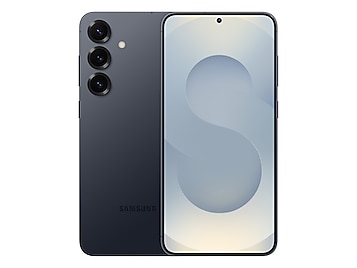
Galaxy S25+, 512GB (Unlocked)
Save $170 - $650
From $999.99 before trade-in
From $999.99 before trade-in

57" Odyssey Neo G9 Dual 4K UHD Curved Gaming Monitor
Save $300
From $1999.99$2,299.99
From $1999.99

Galaxy S25, 256GB (Unlocked)
Save $110 - $560
From $799.99 before trade-in
From $799.99 before trade-in

Tab S10 Ultra, 256GB
Save $209 - $910
From $999.99 before trade-in
From $999.99 before trade-in
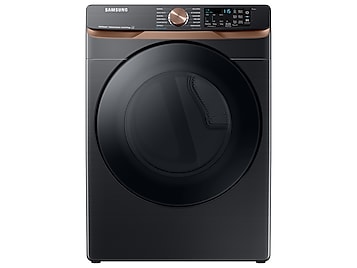
7.5 cu. ft. Smart Electric Dryer with Steam Sanitize+ and Sensor Dry
Save $355 - $850
From $849 before trade-in
From $849 before trade-in
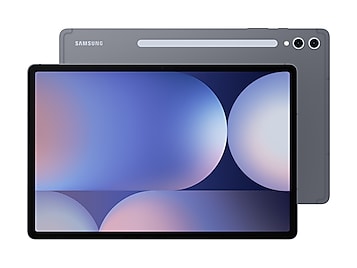
Tab S10+, 256GB
Save $129 - $620
From $879.99 before trade-in
From $879.99 before trade-in

Bespoke 4-Door French Door Refrigerator (29 cu. ft.) with Beverage Center
Save $1405 - $1900
From $1999 before trade-in
From $1999 before trade-in
We're here for you
Contact Samsung Support
Contact us online through chat and get support from an expert on your computer, mobile device or tablet. Support is also available on your mobile device through the Samsung Members App.

© 2025 Samsung Electronics America, Inc. Samsung, Samsung Galaxy and Family Hub are trademarks of Samsung Electronics Co., Ltd.
All other brands, products and services, and their respective trademarks, names and logos, are the property of their respective owners.
The above content is provided for entertainment and information purposes only. Consult user manual for more complete information.
All information included herein is subject to change without notice. Samsung is not responsible for any direct or indirect damages,
arising from or related to use or reliance of the content herein.

